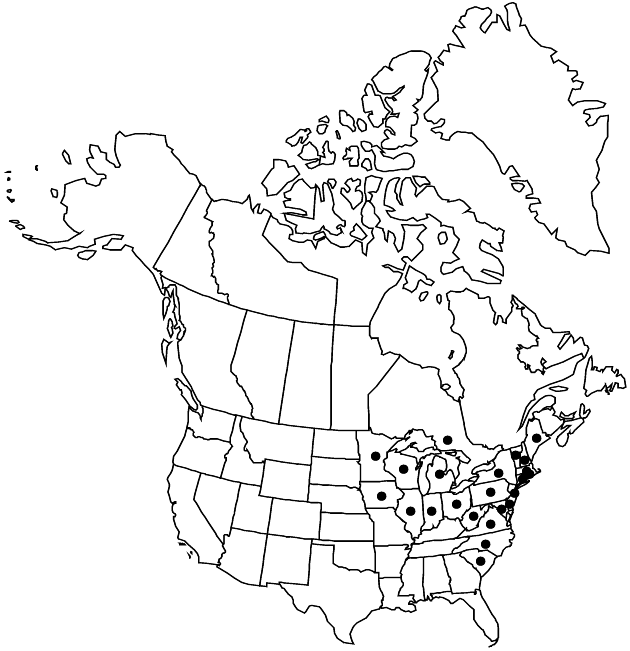Difference between revisions of "Cirsium pumilum"
Syst. Veg. 3: 375. 1826.
FNA>Volume Importer |
FNA>Volume Importer |
||
| Line 11: | Line 11: | ||
|name=Carduus pumilus | |name=Carduus pumilus | ||
|authority=Nuttall | |authority=Nuttall | ||
| + | |rank=species | ||
|publication_title=Gen. N. Amer. Pl. | |publication_title=Gen. N. Amer. Pl. | ||
|publication_place=2: 130. 1818 | |publication_place=2: 130. 1818 | ||
| Line 50: | Line 51: | ||
-->{{#Taxon: | -->{{#Taxon: | ||
name=Cirsium pumilum | name=Cirsium pumilum | ||
| − | |||
|authority=(Nuttall) Sprengel | |authority=(Nuttall) Sprengel | ||
|rank=species | |rank=species | ||
| Line 62: | Line 62: | ||
|publication year=1826 | |publication year=1826 | ||
|special status= | |special status= | ||
| − | |source xml=https://jpend@bitbucket.org/aafc-mbb/fna-data-curation.git/src/ | + | |source xml=https://jpend@bitbucket.org/aafc-mbb/fna-data-curation.git/src/eaa6e58056e40c9ef614d8f47aea294977a1a5e9/coarse_grained_fna_xml/V19-20-21/V19_66.xml |
|tribe=Asteraceae tribe Cardueae | |tribe=Asteraceae tribe Cardueae | ||
|genus=Cirsium | |genus=Cirsium | ||
Revision as of 19:20, 16 December 2019
Biennials or monocarpic perennials, 25–100 cm; sometimes perennating by root sprouts. Stems erect, villous with septate trichomes and sometimes thinly arachnoid tomentose; branches 0–few, distal, ascending. Leaves: blades oblong-elliptic, 5–30+ × 2–10 cm, ± undulate, shallowly to deeply pinnatifid, lobes ovate to broadly triangular, usually separated by broad sinuses, spinose-dentate or lobed, main spines 1.5–7 mm, slender to stout, abaxial faces villous with septate trichomes, at least along veins, sometimes thinly arachnoid, adaxial faces villous with septate trichomes and thinly arachnoid tomentose or subglabrous; basal often present at flowering, bases tapered; principal cauline sessile, moderately reduced distally, bases often auriculate-clasping; distal reduced, similar to proximal. Heads 1–few, borne singly at tips of main stem and branches, often closely subtended by 1–several bracts. Peduncles 0–15+ cm (above distal leaves), leafy-bracted. Involucres broadly cylindric to ovoid, 3.5–5 cm, 2.5–3 cm diam. (appearing much wider and hemispheric to campanulate in pressed specimens), loosely arachnoid on phyllary margins or glabrate. Phyllaries in 8–10 series, imbricate, ovate or lanceolate (outer) to lance-linear (inner), abaxial faces with ± prominent glutinous ridge, outer and middle appressed, apices ascending to spreading, spines 1.5–6 mm; apices of middle and inner narrowed and scabrid-denticulate, innermost spineless, tapered and entire or with expanded, erose-denticulate, flexuous tips. Corollas pink to purple (white), 40–60 mm, tubes 20–35 mm, throats 11–15 mm, lobes 7–10 mm; style tips 3–7 mm. Cypselae stramineous to brown, 3.5–5 mm, apical collars yellow or colored like body; pappi 35–45 mm. 2n = 30.
Distribution

Canada, United States.
Discussion
Varieties 2 (2 in the flora).
Flowers of Cirsium pumilum are reportedly sweetly scented.
Selected References
None.
Key
| 1 | Spines of outer phyllaries stout, 3–6 mm; plants usually with several long branches; leaves usually lobed nearly to the midvein; roots rarely and only slightly tuberous-thickened; cypselae usually 3.5– 4 mm | Cirsium pumilum var. pumilum |
| 1 | Spines of outer phyllaries slender, 1.5–3 mm; plants simple or distally with a few short branches; leaves usually shallowly lobed; roots often tuberous-thickened; cypselae usually 4.5–5 mm | Cirsium pumilum var. hillii |